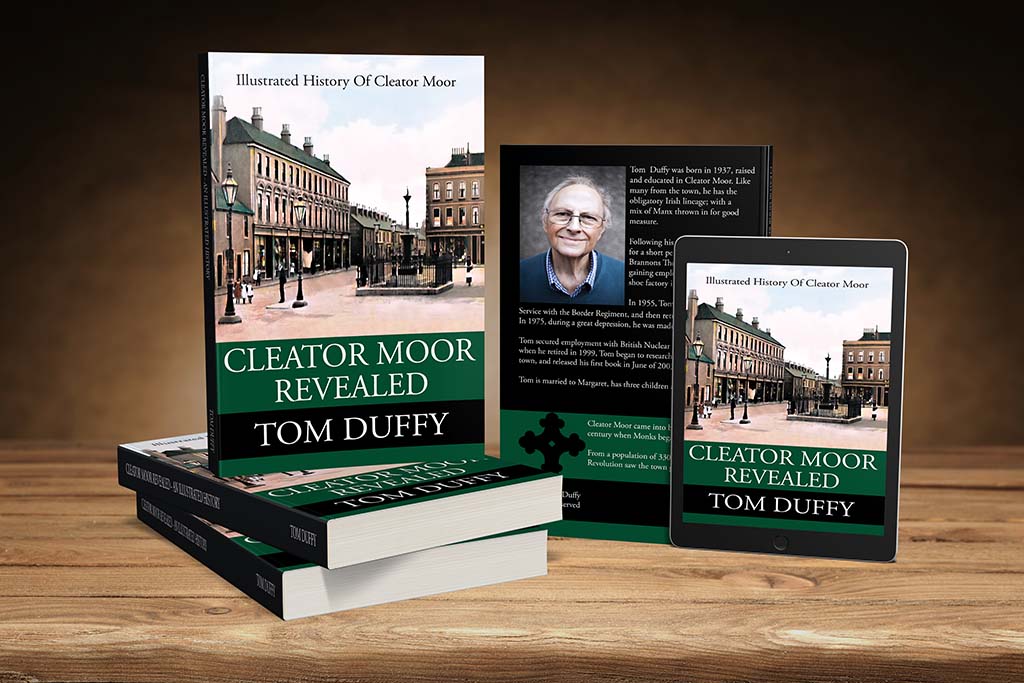Now, sixteen years later Tom has revisited his book and is set to release a second edition with over 50% more content. It is sure to be a big seller.
What Did They Say In 2003?
In researching and writing Cleator Moor Revealed Tom Duffy has produced a book that should appeal to all those who live in, and love, the tiny West Cumbria town of Cleator Moor. From the origins of its name through its development as a prosperous mining town, Tom has searched out all the kind of details that make this a fascinating read. It is a real labour of love that will be enjoyed by many - Hilary Scott, Editor, The Whitehaven News
This book about the history of Cleator Moor by Tom Duffy will be a valued addition to the Cleator Moor Library Local History Section. Tom has very effectively used his postcard collection to give a potted history of the town. We get a great many visitors in the library from all corners of the world whose family tree often started in Cleator or Cleator Moor and this book will be invaluable in answering many of their questions - Joan Harrison, Cleator Moor LibraryAbout Tom Duffy
Tom Duffy was born in 1937, raised and educated in Cleator Moor. Like many from the town, he has the obligatory Irish lineage; with a mix of Manx thrown in for good measure.
Following his school years, he worked for a short period of time at Brannons Thermometers, before gaining employment at the Miller shoe factory in nearby Egremont.
In 1955, Tom carried out his National Service with the Border Regiment, and then returned to Millers in 1957. In 1975, during a great depression, he was made redundant.
Tom secured employment with British Nuclear Fuels Ltd in 1976. Then, when he retired in 1999, Tom began to research the history of his home town, and released his first book in June of 2003.
Tom is married to Margaret, has three children and five grandchildren.
 |
| Cleator Moor, C1915 |





